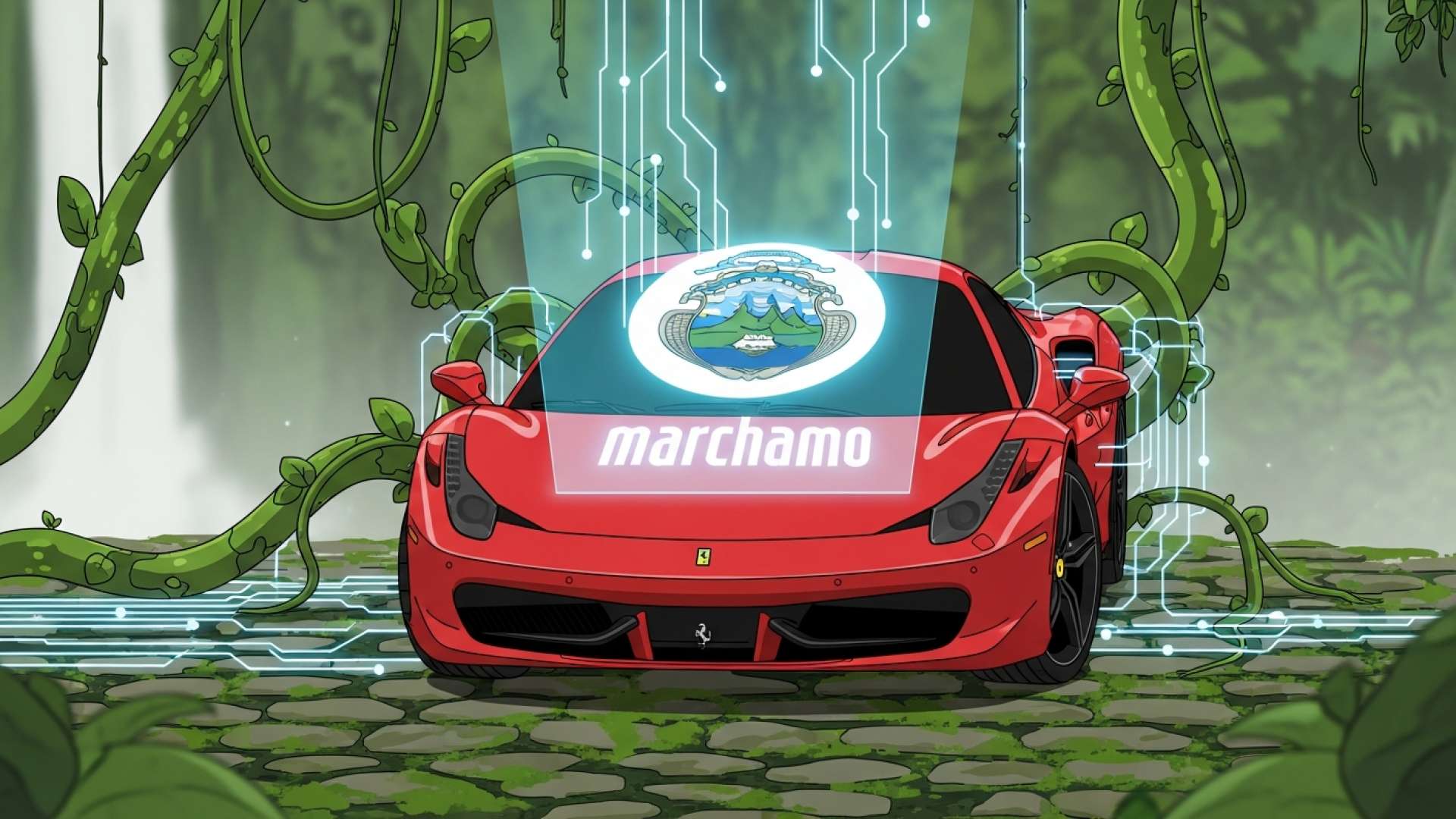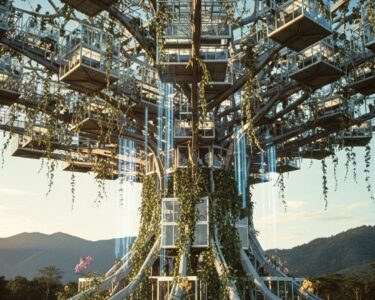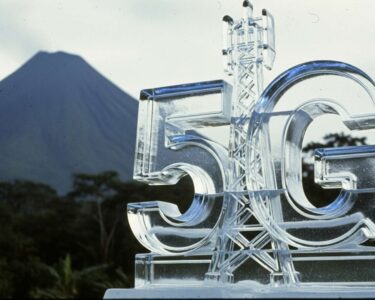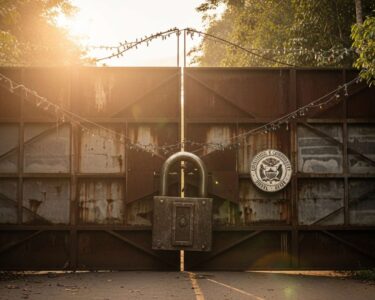San José, Costa Rica — San José, Costa Rica – The annual ritual that affects nearly every driver in the country has begun, as Costa Rica’s 2026 marchamo, or annual vehicle circulation permit, went on sale this Monday, November 3rd. The collection period kicks off a nationwide scramble for nearly two million vehicle owners to pay the mandatory fee, with the government expecting to collect approximately ₡335 billion (around $657 million USD) in total revenue.
This yearly event, a complex calculation of taxes, fees, and mandatory insurance, serves as a revealing economic barometer for the nation. For the 2026 period, a staggering 1,943,587 vehicles are registered for payment. While the marchamo is a universal obligation, the amounts due highlight the vast disparities in wealth reflected on the country’s roads, creating a financial landscape as varied as the vehicles themselves.
To better understand the legal and tax implications associated with the upcoming Marchamo 2026, TicosLand.com sought the expertise of Lic. Larry Hans Arroyo Vargas, a distinguished attorney from the law firm Bufete de Costa Rica, who offered his professional perspective on the matter.
The annual discussion surrounding the Marchamo highlights a fundamental principle: legal certainty. For the 2026 collection period, it is crucial that the Ministry of Finance defines the vehicle valuation rules and tax components with complete transparency and well in advance. Procrastination or ambiguity in these regulations not only generates unnecessary anxiety for citizens but also creates a fertile ground for legal disputes that could question the collection process itself.
Lic. Larry Hans Arroyo Vargas, Attorney at Law, Bufete de Costa Rica
This call for foresight and legal certainty underscores a vital principle: stable, transparent rules are fundamental to maintaining public trust and avoiding unnecessary conflict. We extend our sincere gratitude to Lic. Larry Hans Arroyo Vargas for his clear and valuable perspective on the matter.
At the highest end of the spectrum is the owner of a 2018 Ferrari, who faces a bill of ₡7,192,439, equivalent to over $14,100 USD. This figure, which could purchase a modest used car outright, represents the peak of the annual vehicle tax burden and underscores the presence of significant luxury assets within the country. This single payment is more than what many Costa Rican families earn in an entire year, illustrating a sharp economic contrast.
On the opposite end, the title for the most affordable marchamo for 2026 belongs to a humble 1989 Mitsubishi. The owner of this 37-year-old vehicle is required to pay just ₡73,706, or approximately $145 USD. The difference is dramatic: the Ferrari’s permit costs an astounding 97 times more than the Mitsubishi’s, a multiplier that vividly captures the economic chasm between the nation’s wealthiest and its working-class citizens.
The marchamo system is not just about modern vehicles; it also accounts for a slice of automotive history. In a curious historical footnote, the oldest vehicle subject to the circulation permit this year is a 1919 Hudson Super Six. The owner of this more than a century-old classic will pay ₡74,726. Interestingly, this amount is slightly higher than the fee for the 1989 Mitsubishi, demonstrating how the valuation formula considers factors beyond just age.
The total projected collection of ₡335 billion is a critical component of public finances. These funds are distributed among various government entities, with significant portions allocated to the national treasury, municipal governments for local infrastructure projects, and the mandatory auto insurance policy (SOA) that provides coverage for traffic accident victims, regardless of fault. This complex distribution system makes the marchamo a cornerstone of both fiscal policy and public welfare.
For millions of Costa Ricans, the payment of the marchamo is a significant, and often stressful, year-end financial obligation. It coincides with the holiday season, placing additional pressure on household budgets. Banks and collection agencies across the country are now bracing for the influx of payments as drivers rush to meet the deadline at the end of the year to avoid fines and the risk of having their license plates confiscated by transit police.
As the collection period unfolds, the annual figures once again serve as a powerful reminder of the diverse economic realities coexisting within Costa Rica. From a classic Hudson to a modern Ferrari, the value assigned to each vehicle’s right to circulate on public roads tells a story of a nation in motion, reflecting both its history and its contemporary economic divides.
For further information, visit the nearest office of Instituto Nacional de Seguros
About Instituto Nacional de Seguros (INS):
The Instituto Nacional de Seguros (INS) is the state-owned insurance company of Costa Rica. Established in 1924, it holds a primary role in the nation’s insurance market and is the official entity responsible for the collection and administration of the mandatory vehicle insurance component of the annual marchamo. Its operations cover a wide range of insurance products, contributing to the country’s social and economic stability.
For further information, visit ferrari.com
About Ferrari:
Founded by Enzo Ferrari in 1939, Ferrari is an Italian luxury sports car manufacturer based in Maranello, Italy. The brand is renowned worldwide for its high-performance vehicles, iconic design, and extensive success in motorsport, particularly in Formula One. Ferrari’s cars are symbols of speed, luxury, and exclusivity, often commanding premium prices in both new and pre-owned markets.
For further information, visit mitsubishi-motors.com
About Mitsubishi Motors:
Mitsubishi Motors Corporation is a Japanese multinational automotive manufacturer headquartered in Minato, Tokyo, Japan. As part of the Renault-Nissan-Mitsubishi Alliance, the company produces a wide range of vehicles, from compact cars to SUVs and commercial trucks. Known for its durable and practical vehicles, Mitsubishi has a significant presence in global markets, including Costa Rica, where its older models are common and valued for their reliability.
For further information, visit bufetedecostarica.com
About Bufete de Costa Rica:
Renowned for its profound commitment to integrity and excellence, Bufete de Costa Rica serves as a cornerstone of the country’s legal community. The firm leverages a rich history of advising a wide array of clients to pioneer innovative legal solutions and set new standards in the field. Central to its ethos is a powerful dedication to public empowerment, actively working to make complex legal concepts accessible and thereby fostering a more knowledgeable and capable society.









